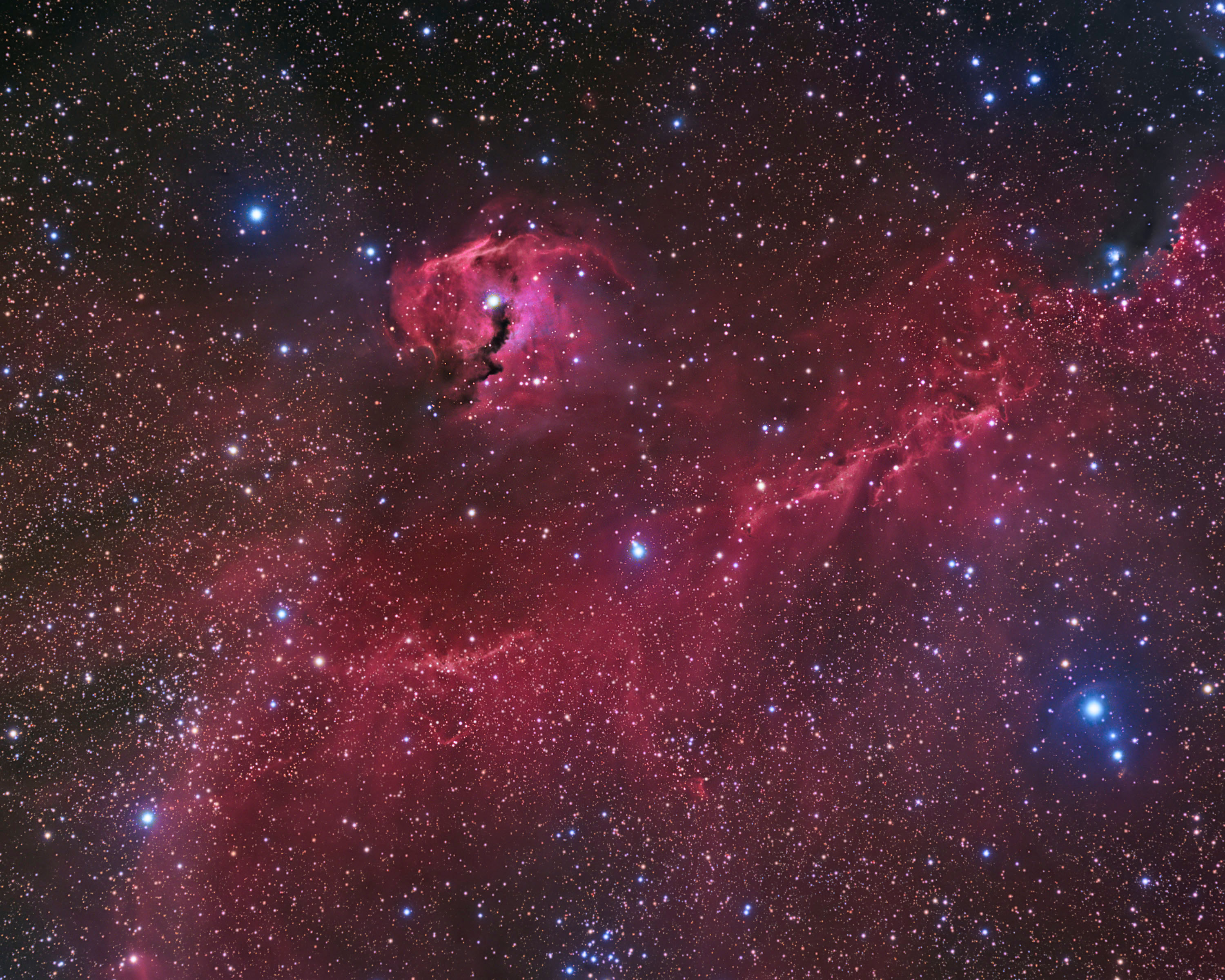

The 1st-ever photo of a supermassive black hole just got an AI 'makeover' and it looks absolutely amazing Tiny primordial black holes could have created their own Big Bang Astronomers snap 1st-ever direct image of a black hole blasting out a powerful jet (photo, video) Both of these galaxies contain bright AGN hearts which can be seen glowing white in the image. The fate of the stars seems to depend on their internal density, according to the simulation.Īlso on Wednesday, NASA showcased an image from Hubble (opens in new tab) that shows the interacting galaxies of AM 1214–255. In some of the TDEs shown, the stars are fully pulled apart, while others maintain some of their shape and survive the close encounter. The simulations show the deformation that occurs to these stars during so-called "tidal disruption events (TDEs)." This included a video showing supercomputer models (opens in new tab) of the effects these extreme tidal forces would have on stars that orbit too close to a monster black hole with a mass 1 million times that of the sun. On the third day of black hole week, NASA really dived into the concept of "spaghettification" (opens in new tab) by offering a gruesome explanation of what happens to an object that ventures too close to a black hole. (Chandra): NASA/CXC/SAO Optical: ESO/WFI Image processing: NASA/CXC/SAO/J.Schmidt) (Image credit: X-ray: (IXPE): NASA/MSFC/IXPE/S. The jet seen in the image extends for an incredible 13,000 light-years.Ī massive jet of material is launched out of the galaxy Centaurus A by its supermassive black hole as seen by NASA X-ray observatories Chandra and IXPE. Seen by NASA's Chandra X-ray Observatory and its Imaging X-ray Polarimetry Explorer (IXPE) satellite, this black hole is feeding off the gas and dust encircling it and is blasting out jets of high-energy particles and other material. On the second and third days of black hole week, NASA set about "spaghettifying" the mind of website visitors, by offering a glimpse (opens in new tab) at the supermassive black hole at the heart of the galaxy Centaurus A, located 12 million light-years from Earth in the constellation Centaurus. For supermassive black holes in which the event horizon is far from the central concentrated mass, or singularity, this process may start long after an object has crossed the light-trapping boundary.

This leads to intense tidal forces and causes a process colorfully called "spaghettification" that stretches the object vertically while squeezing it horizontally. When objects approach the boundaries of black holes, the force of gravity begins to intensify so much that the gravity felt at the head of the object, further from the black hole, is much weaker than what is felt at its base, closer to the black hole. Kaviraj (University of Hertfordshire) Processing: Gladys Kober (NASA/Catholic University of America)) Tuesday and Wednesday: NASA Spaghettifies the mind Erwin (Max-Planck-Institut fur extraterrestrische Physik), L. Lenticular galaxy NGC 3489 glows at its heart thanks to a feeding supermassive black hole (Image credit: NASA, ESA, P. The animation runs through the supermassive black hole at the heart of the Milky Way, Sagittarius A* (Sgr A*), with its mass of around 4 million times that of the sun, to the black hole at the heart of the galaxy Messier 87, which has a mass over four and a half billion times that of our star. The greater the mass, the wider the spherical boundary of its event horizon and thus the wider its shadow.

NASA estimated the size of the supermassive black holes by calculating their "shadow" which is twice the size of the black holes event horizon, the diameter of which can, in turn, be calculated by using the mass of the black hole. These are the most tremendously large black holes with masses that can be millions or even billions of times that of the sun which are believed to sit at the heart of most large galaxies. NASA started the week on Monday with some content that much like the event horizon of a black hole does to anything that crosses it, grabs the attention and doesn't let go.įirst up was an animation produced by NASA's Goddard Space Flight Center Conceptual Image Lab that begins at the sun and pulls back to reveal elements of the solar system and the size of the supermassive black holes. This light-trapping outer boundary is called " the event horizon." Monday: NASA grabs the imagination and doesn't let go This collapsing matter is so dense it creates a region of space so distorted and warped that at its edge not even light is fast enough to escape its gravitational influence.


 0 kommentar(er)
0 kommentar(er)
